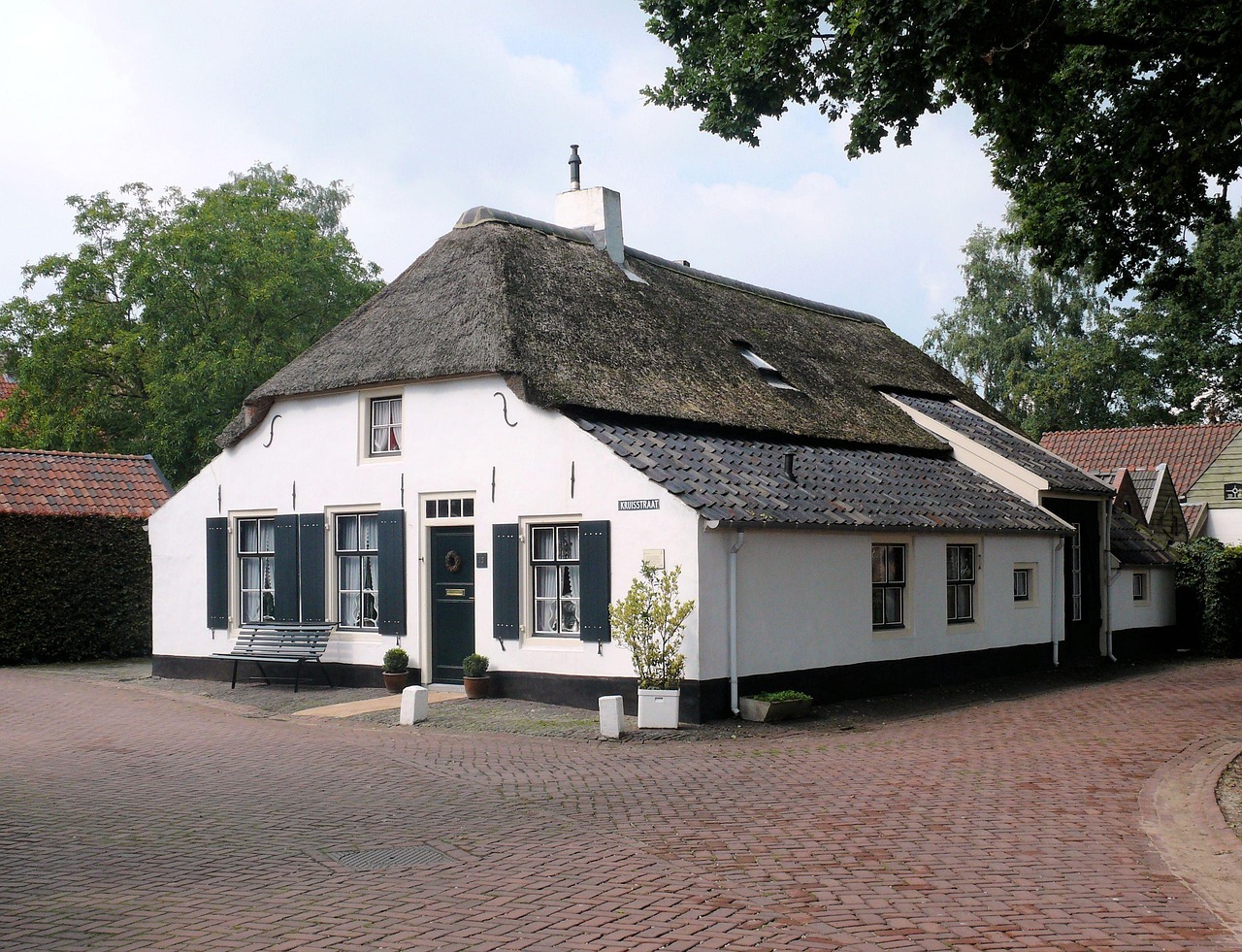A quieter address is starting to feel like progress. Young adults raised on tight spaces and longer commutes want room to breathe, neighbors who wave, and time that moves at a human pace. Small towns answer with clean air, walkable cores, and calendars shaped by seasons, not subway delays. What this really signals is a shift in values. Rising rents, remote work, and a hunger for belonging point away from crowded towers toward places where a grocery run becomes a chat, sunsets still pause conversations, and weekend plans start on the porch.
Lower Cost Of Living And Real Paths To Ownership
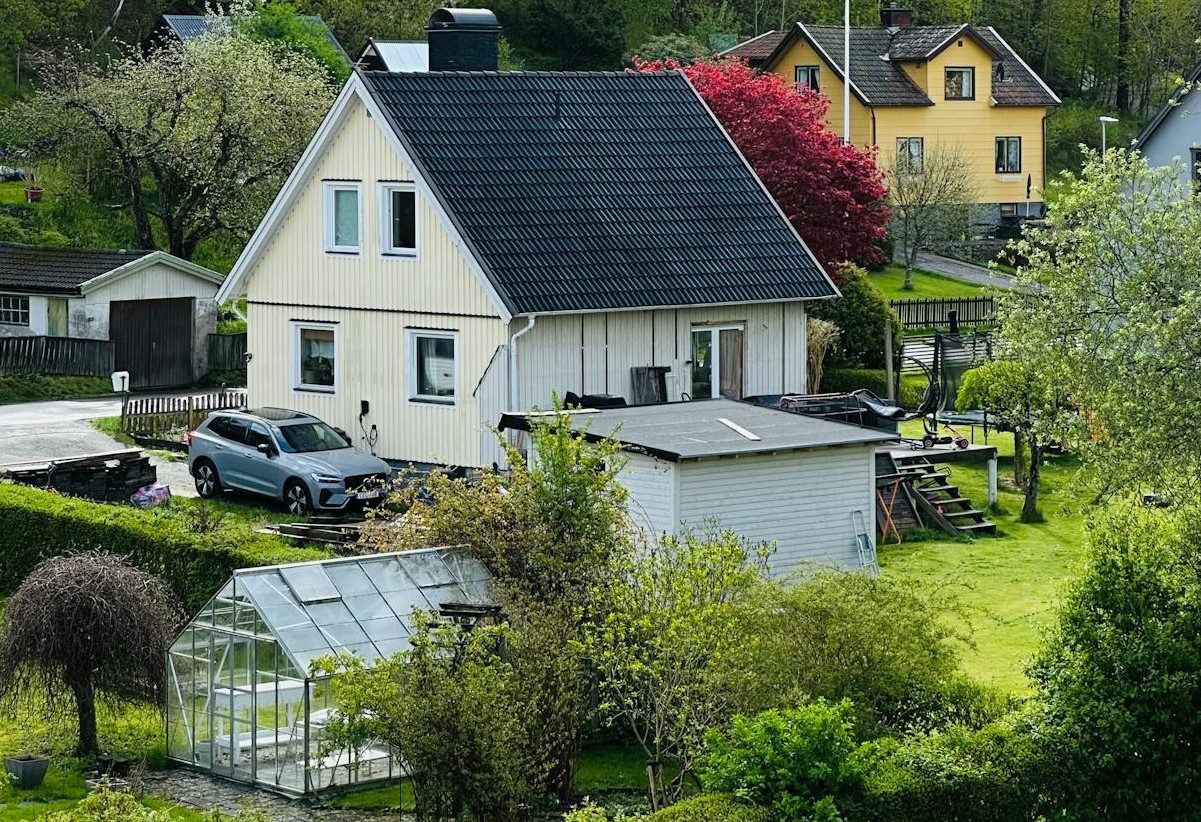
Budgets stretch further when rent eases and starter homes exist on real blocks, not wish lists. Utility bills land lighter, repairs stay sensible, and small yards turn into sweat equity. Savings finally grow, debt shrinks, and the month stops feeling like a cliff. Ownership becomes more than paperwork. It looks like fresh paint on a railing, tomatoes in raised beds, and a garage full of tools borrowed from next door. Wealth builds in steady, visible steps.
Hybrid And Remote Work That Actually Works

Work improves when friction falls. Fiber lines and library cowork rooms make calls crisp, while coffee shops remember names and orders. The commute shrinks to a hallway, so energy moves into deep work instead of logistics. Lunch can be a diner special or a river walk. Afternoons reset with a quick loop under cottonwoods. Meetings end on time because life is close by. Productivity stops meaning constant motion and starts meaning attention that lasts.
Community Ties That Feel Real

Familiar faces become names, then habits. The clerk asks about the bike, the coach flags a volunteer slot, and the neighbor texts when a package lands. Farmers market mornings turn into planning sessions for fundraisers, and the rec league becomes a friend group that spans ages. None of it is forced. It grows from showing up, trading favors, and keeping promises. In a pinch, that web holds. Celebration travels fast too, carried on church bells and porch lights.
Shorter Commutes, Longer Evenings

A seven minute drive or a ten minute walk reshapes a day. Dinner lands before eight, a dog gets a proper loop, and bedtime stories return without the rush that eats patience. Time saved from traffic turns into guitar practice, extra chapters, or a backyard fire that runs on conversation. Stress eases because schedules match the clock again. The change is not glamorous, but it is persuasive. Nights feel earned, not stolen from an overfull calendar.
Outdoor Access On The Doorstep
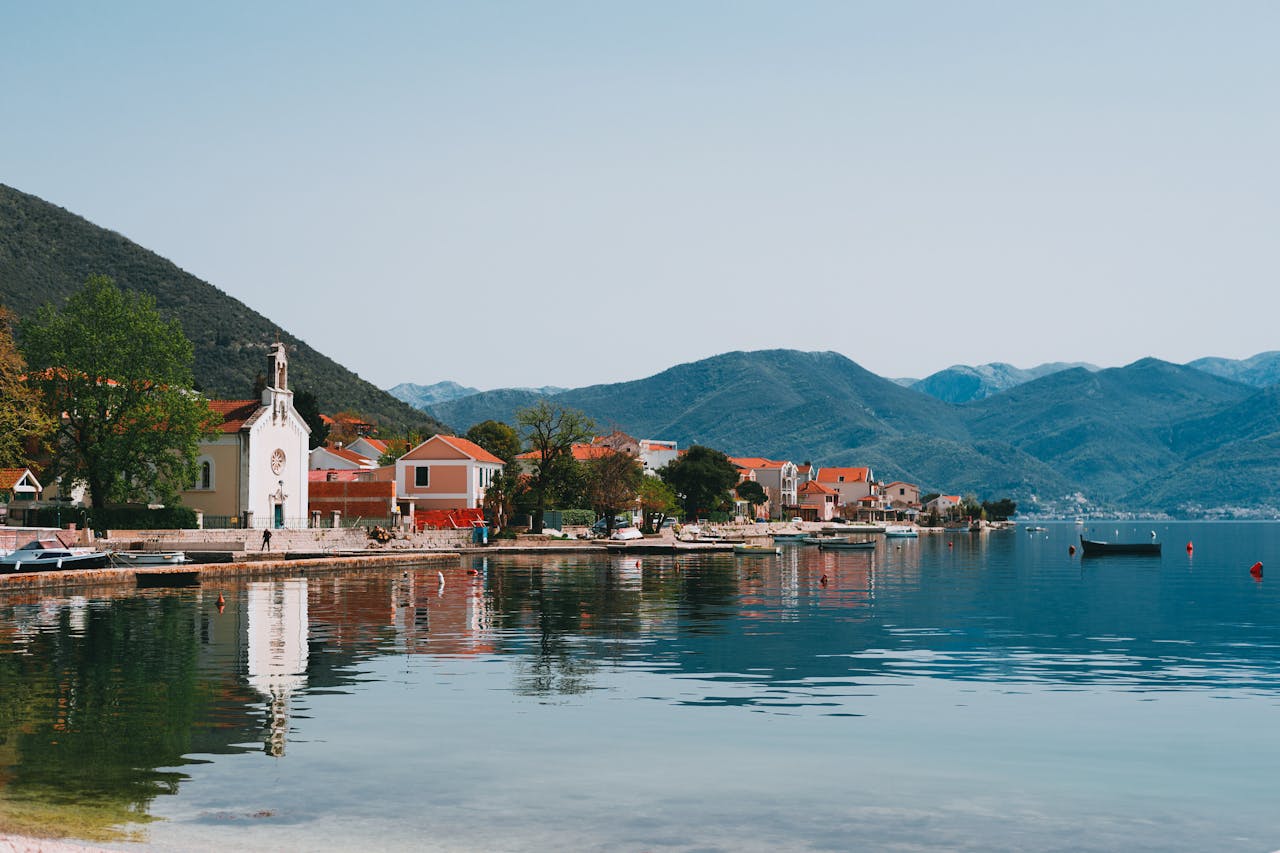
Trailheads, river paths, and small lakes sit close enough to treat nature like a daily habit. Morning jogs meet hawks and meadowlarks, while weekends mean kayaks on roofs and picnic blankets under maples. Winters swap to sledding runs and hot soup, not complicated trips that require tickets and parking battles. Parks are uncrowded, so patience lasts, and attention sharpens. Movement stops being a chore and becomes a rhythm. The landscape does quiet, steady work on mood.
Room For Creative Work And Side Hustles
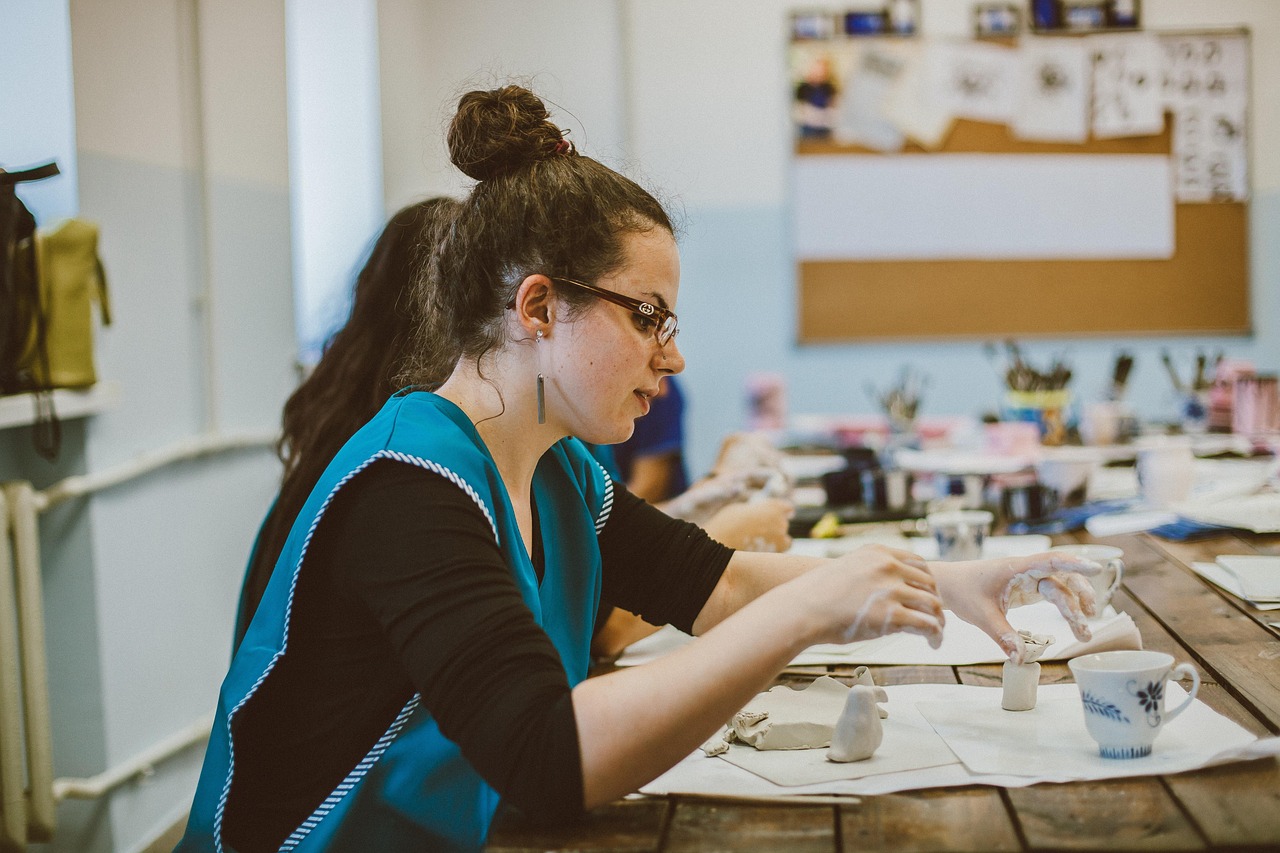
Lower overhead invites experiments that would never launch in pricier zip codes. A spare garage becomes a ceramics studio. A tiny storefront tests a vintage rack. A shed turns into a booth for recording voiceovers. Local fairs and Friday markets provide fast feedback and regulars who return. Failure costs less, so risk feels smarter, and word of mouth climbs faster than ads. A hobby inches toward a business, and the town gains texture and pride.
Safer Streets And A Calmer Pace

Traffic slows, sirens fade, and late walks feel reasonable. Smaller crowds cut random friction, and shop owners, teachers, and coaches act like extra eyes on a block. Calm is not perfection. It is a better baseline that parents, night shift nurses, and new grads can feel in their shoulders. With fewer alarms, attention returns to better choices. Small kindnesses set the tone, and routines like library hours and park cleanups become anchors that hold.
Culture Without The Overwhelm
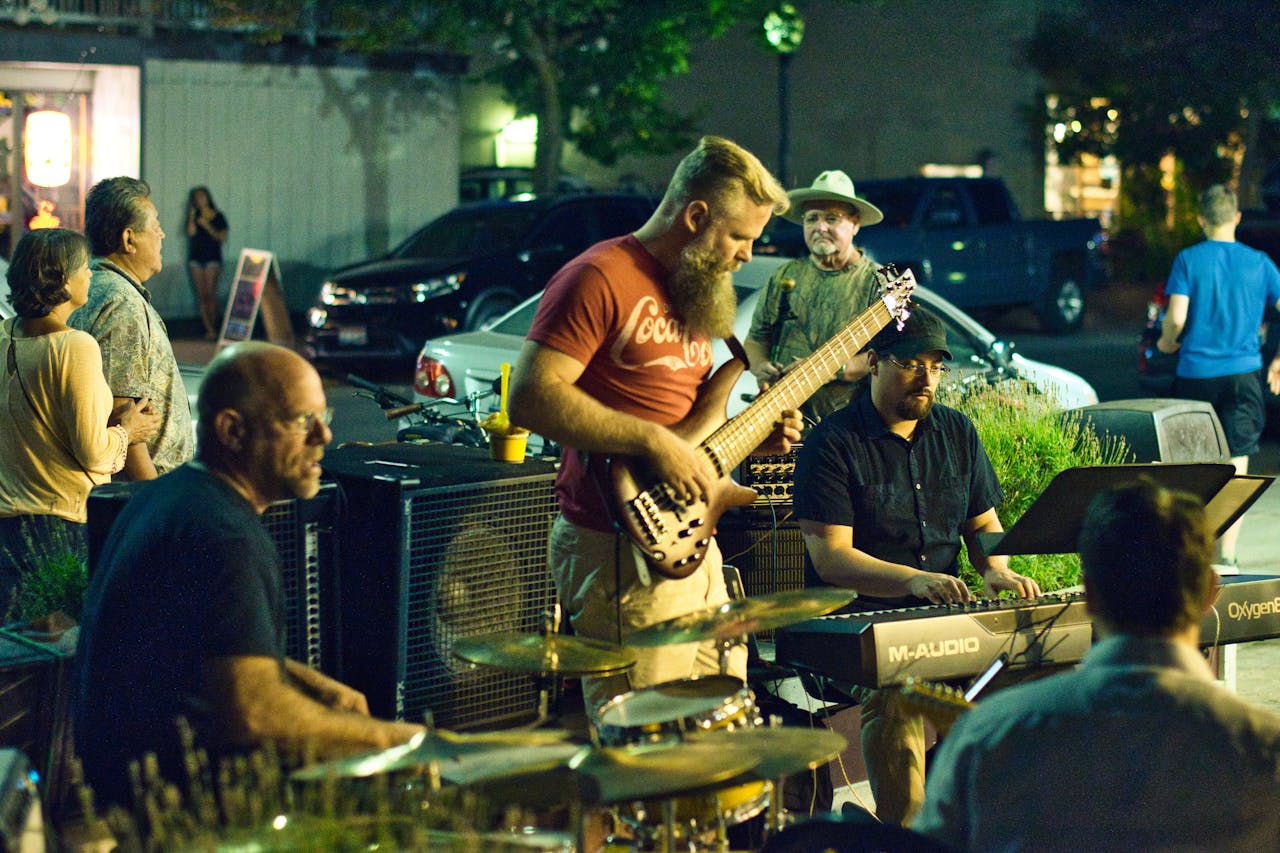
Small towns are curating, not copying. Historic theaters screen indie films, galleries host maker nights, and breweries book poetry slams beside bluegrass or hip hop. Food trucks pull from nearby farms, and weekend festivals mix quilt shows with drift bikes and chili cookoffs. The scale helps. Lines stay short, tickets stay friendly, and artists meet audiences face to face. Culture becomes conversation instead of spectacle, and participation counts more than prestige.
Local Food And Practical Sustainability
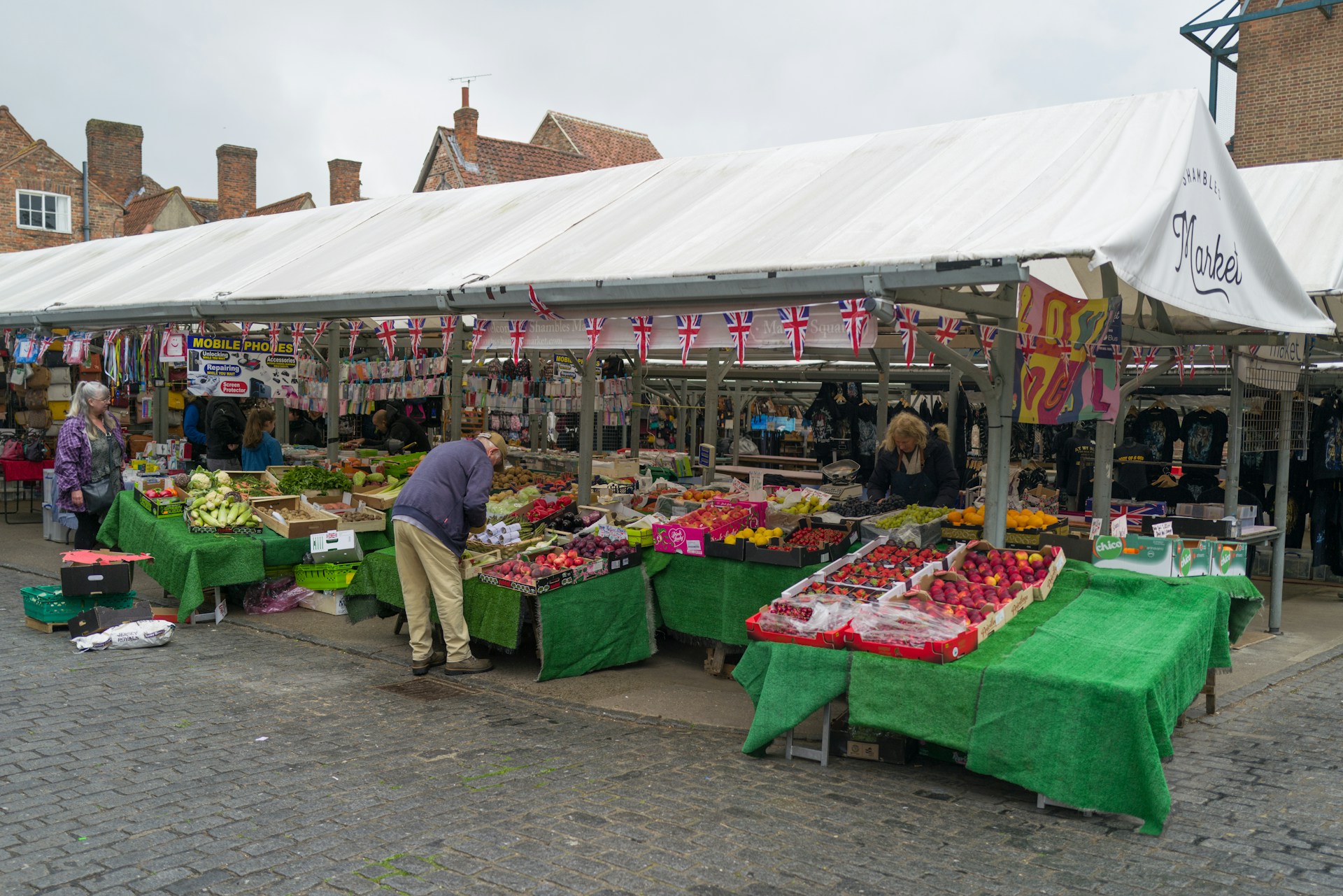
Producers live a few miles away, so taste and accountability travel a short road. CSA boxes teach seasons, dairy co ops know customers by name, and winter markets turn groceries into relationships. The bike shop fixes a tube instead of selling a new wheel. Composting spreads through shared bins and garden swaps. Sustainability stops being a slogan and becomes habits that save money and waste. Dinner tastes like the place where it was grown.
A Chance To Matter Early

Scale is a lever, not a limit. A 24 year old can join a planning board, revive a mural wall, or launch a tutoring program without wading through a maze of gatekeepers. Wins stack quickly and read like real impact, not proximity to someone else’s spotlight. Mentors appear because work is visible, and feedback loops are short. Belonging deepens when projects change streets and calendars, proving that voice and effort still move the needle.
